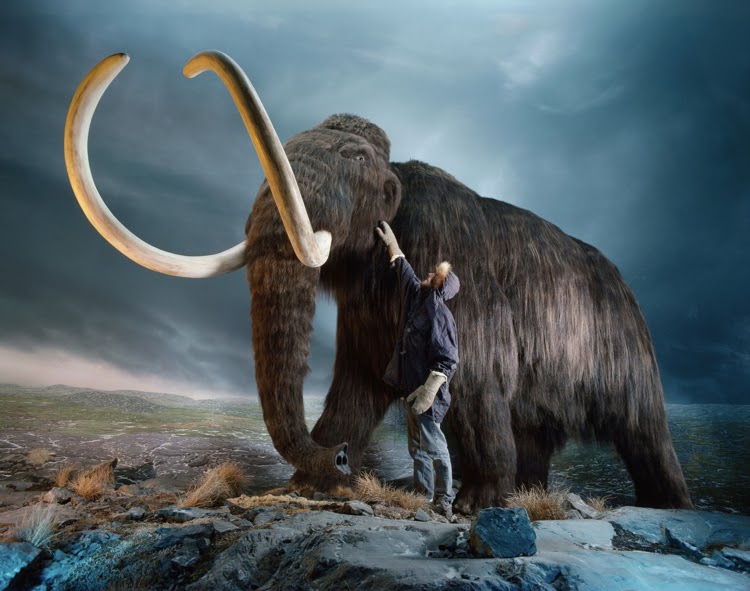Why Students Need to Know Paleontology
May 22, 2021
As a lifetime fan of paleontology, I have always been bothered by how disconnected the subject is from other sciences. By this I mean the lack of paleontological discussion in subjects such as biology and other life sciences. Recently I wondered what science educators’ thoughts were on paleontology in the school system. First I contacted Kyle Walters, a biology teacher here at PCS, to find out how the science curriculum at PCS teaches paleontology.
“In biology class we talk about fossils and the fossil record as it pertains to evolution and evidences of evolution but, I would not say that we get into paleontology,” Mr. Walters noted. “That is a more specific topic that is not addressed in the curriculum–as a biology major in college, we were not required to have a paleontology class,” he explained.
Since PCS does not include much paleontology in its science curriculum, nor is it required within further biology education. I thought the best way to continue this investigation was to interview someone who has included paleontology within their class. I reached out to Molly Shaw, an educator at New Brighton middle school who specializes in geology, physical geography, and many forms of earth science. She makes paleontology a central part of her classroom.
“Paleontology is an excellent entry point into scientific inquiry for students,” she told me. “Down the street from New Brighton Middle School, where I taught 6th grade science, is a cliff that exposes 5 million years of mollusk fossils, neatly arranged in layers. What does this cliff tell us about what life was like in Capitola over the past 5 million years?”
Like any science, paleontology has always struck me as a subject that can be as simple or complex as possible, making it perfect to introduce younger or older students to at any point. As seen by Molly’s classroom, it’s always educationally enriching to make comparisons and recognize cause and effect relationships.
“Using some of the same comparative morphology techniques used by paleontologists in the field (such as comparing tooth size), my 6th graders were able to construct arguments in which they hypothesized the age of a recently-discovered early human skull (Homo naledi) from South Africa.,” she said. “This curricular unit combined many elements of scientific inquiry, and provided my students with tangible, visible links to their own past.”
One of the things that makes paleontology so fun is the ability to make arguments. While the links found in paleontology are real, findable things, there is always something that is not completely known, allowing room for discussion. Once again the arguments made can be enriching at nearly any education level, getting as simple or as complex as needed.
But the importance of paleontology in education is not only limited to how its extremely useful in developing learning skills.
Shaw stated that through fossil records of evolutionary shifts, extinctions, climate patterns, and more, we can predict future patterns. Additionally, she mentioned that paleontology is key in having a complete understanding of what being a human exactly means.
“Further, understanding the fossil record is essential to knowing our place as humans in the history of the world,” she said. “A national lack of rigorous science education (and lack of paleontology in science curricula specifically) leads to alarming statistics such as this one: A National Science Foundation study cites a survey from 2011 that found that more than half of Americans believe that humans and dinosaurs existed at the same time.”
Being an educator who is into paleontology, Molly Shaw really helped explain paleontology’s importance in any science classroom. I would hope that in coming years it will become more apparent in the U.S. science curriculum.


